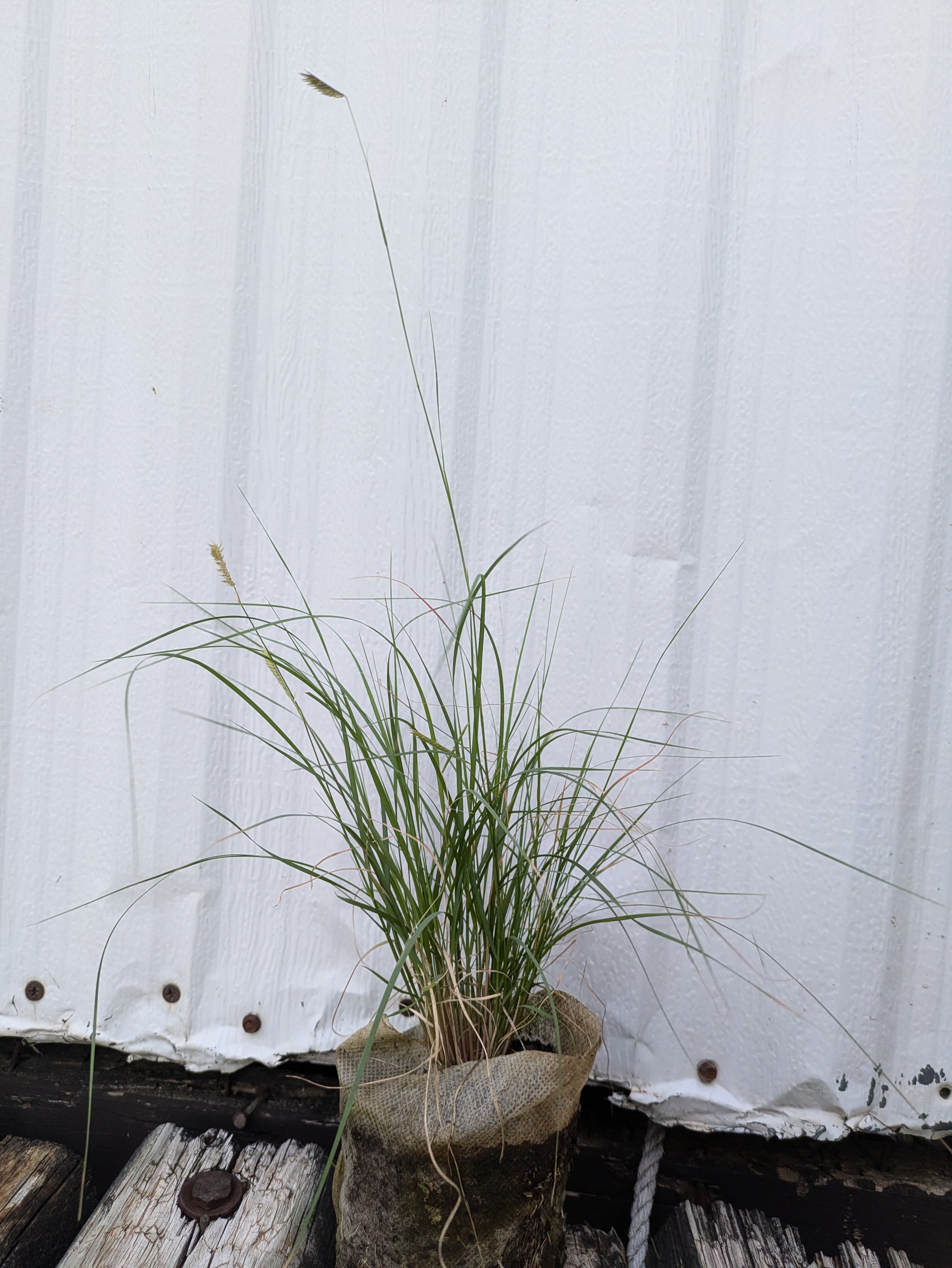Black-eyed Susan (Rudbeckia hirta)
Depending on growing conditions, this species may act as an annual, biennial or as a short-lived perennial. Bright-yellow, 2-3 in. wide, daisy-like flowers with dark centers are its claim-to-fame. They occur singly atop 1-2+ ft. stems. The stems and scattered, oval leaves are covered with bristly hairs. Coarse, rough-stemmed plant with daisy-like flower heads made up of showy golden-yellow ray flowers, with disc flowers forming a brown central cone. Birds enjoy the ripe seeds. Black-eyed Susan can become aggressive if given too perfect an environment and not enough competition.
Blooms March through October
Light: sun
Water: low, medium
Depending on growing conditions, this species may act as an annual, biennial or as a short-lived perennial. Bright-yellow, 2-3 in. wide, daisy-like flowers with dark centers are its claim-to-fame. They occur singly atop 1-2+ ft. stems. The stems and scattered, oval leaves are covered with bristly hairs. Coarse, rough-stemmed plant with daisy-like flower heads made up of showy golden-yellow ray flowers, with disc flowers forming a brown central cone. Birds enjoy the ripe seeds. Black-eyed Susan can become aggressive if given too perfect an environment and not enough competition.
Blooms March through October
Light: sun
Water: low, medium
Depending on growing conditions, this species may act as an annual, biennial or as a short-lived perennial. Bright-yellow, 2-3 in. wide, daisy-like flowers with dark centers are its claim-to-fame. They occur singly atop 1-2+ ft. stems. The stems and scattered, oval leaves are covered with bristly hairs. Coarse, rough-stemmed plant with daisy-like flower heads made up of showy golden-yellow ray flowers, with disc flowers forming a brown central cone. Birds enjoy the ripe seeds. Black-eyed Susan can become aggressive if given too perfect an environment and not enough competition.
Blooms March through October
Light: sun
Water: low, medium





